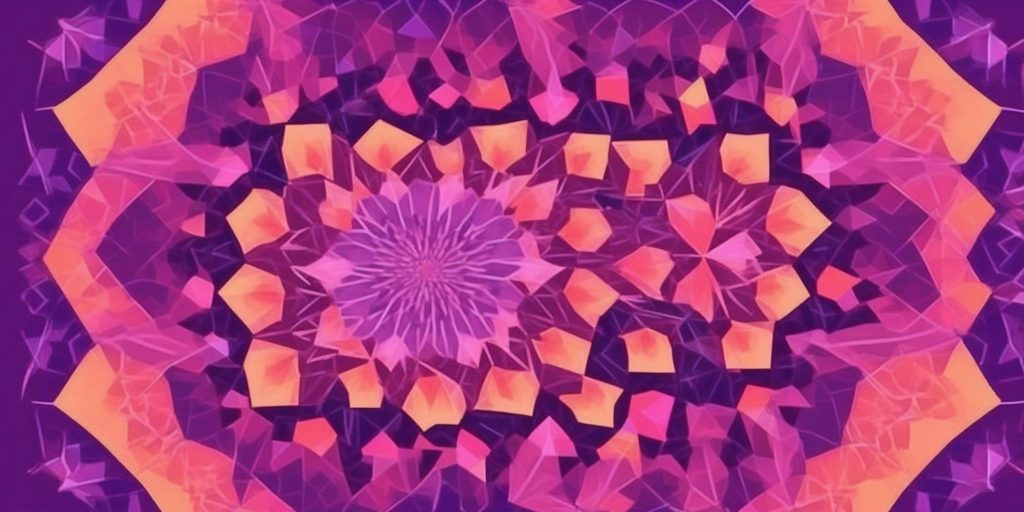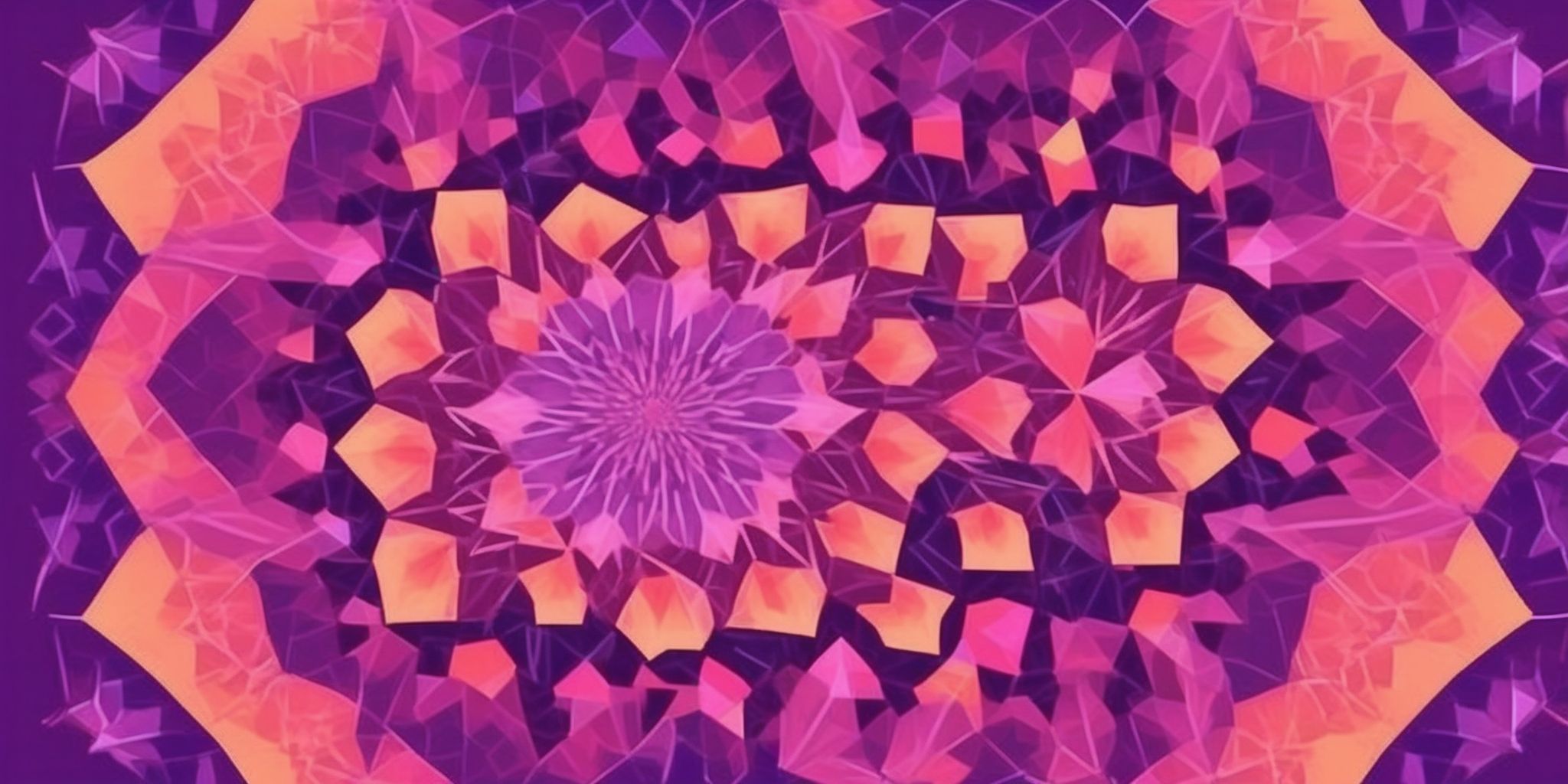
“Understanding Planar Painting: A Guide to the Artistic Technique”

**The Unstable Geometry of “A Planar Garden”: Contemporary Abstraction at Alexandre Gallery**
In an era when the boundaries of art continue to blur, *A Planar Garden*, an exhibition curated by artist Stephen Westfall at Alexandre Gallery, offers a refreshing and resolute focus on geometric abstraction. The show, running through February 1, 2024, features 16 artists across generations. Together, they explore the possibilities of planar painting and sculptural abstraction, inviting viewers into a destabilized universe where geometry is far from fixed.
### A Garden of Planes: Westfall’s Vision
Westfall, a prominent figure in geometric abstraction since the 1980s, defines planar painting simply: works that inhabit the rectangular canvas using crisp-edged planes, often devoid of gestural marks, lines, or tape-reliance. Historically informed yet forward-seeking, Westfall’s curatorial approach avoids dogmatic categorizations. His inclusion of unexpected works alongside masterpieces from renowned artists emphasizes his commitment to an unfixed, ever-developing understanding of geometry.
This exhibition reflects the qualities that define Westfall himself as an artist and curator: intellectual curiosity, nonconformity, and an insistence on maintaining connections to both historical roots and emerging dialogues.
### Calder’s Movement and Disrupted Geometry
Setting the tone for this intergenerational dialogue is a playful, untitled tabletop mobile by Alexander Calder (c. 1950–60s). Calder’s work—marked by its oscillating movement and geometries defying permanence—symbolizes a destabilized approach to abstraction. Unlike the regimentation of Op Art or the large-scale gravitas of Abstract Expressionism, Calder’s mobiles engage playfully with air and space, introducing motion as a key component in rethinking geometric structure.
The mobile acts as an introductory gesture to the exhibition’s central thesis: geometry, while foundational, need not be static.
### Revisiting Geometric Boundaries Through Painting
Harriet Korman’s “Untitled” (1999) embodies a fluid tension between color and form. Brown—a color challenging to work with in abstraction—is a recurring feature in Korman’s practice. Her ability to cohesively balance such hues with interlocking forms highlights her mastery over geometric improvisation.
Odili Donald Odita’s *Choir* (2024) situates geometric abstraction within cultural contexts, redefining the narrative of Blackness in abstraction. Composed of scalene triangles and prefabricated black wood veneer, Odita integrates tiny vertical striations into the surface, creating a layered dialogue about identity, history, and abstraction that expands beyond purely visual realms.
Joanna Pousette-Dart’s *Night Stripe* (2024) and Polly Apfelbaum’s *Block Stripes* (2022) epitomize versatility within geometric abstraction. Pousette-Dart’s stacked, curved structures create spatial rhythm, emphasizing her position as a forward thinker in abstraction. Meanwhile, Apfelbaum, better known for her installation art, experiments with terracotta in *Block Stripes*. This ceramic departure suggests new paths for her practice, rendering her work a “promising outlier” in the exhibition.
### Geometry as Sensual and Disruptive
One of the most compelling pieces is Patricia Treib’s *Torque II* (2024). Thinly applied paint forms languid, interwoven shapes on an off-white canvas, evoking drawing and painting in equal measure. Treib’s forms flirt with the figurative while remaining firmly abstract, introducing sensuality and interconnectedness into the otherwise crisp lexicon of geometry.
Westfall’s own *Summit* (2024) disrupts the planar field by juxtaposing flat triangles with a descending volumetric shape. This unexpected element catches the viewer off-guard, a recurring effect throughout *A Planar Garden*. In Westfall’s hands, abstraction is not merely about pure form or color but the introduction of tension—a reminder that even in abstraction, surprises are possible.
### The Legacy and Future of Geometric Abstraction
What unites the diverse works in *A Planar Garden* is their collective response to what Westfall terms “an unfixed geometry.” Whether in the playful destabilizations of Calder, the cultural reinventions of Odita, or the intimate sensuality of Treib, the exhibition underscores the infinite variability within geometry—a practice often mistakenly dismissed as rigid or restrictive.
In foregrounding intergenerational and cross-disciplinary approaches, Westfall asserts that abstraction remains a site of potential, continually renewing and reshaping itself through disruption, personal expression, and cultural critique.
### A Call to Rediscover Abstraction
As *A Planar Garden* suggests, geometric abstraction continues to demand attention in the contemporary art world. Far from being static or outdated, it challenges viewers to reconsider the nature of form, process, and meaning. By weaving together historical lineage and modern innovation, this exhibition becomes a must-see for those who appreciate—or want to